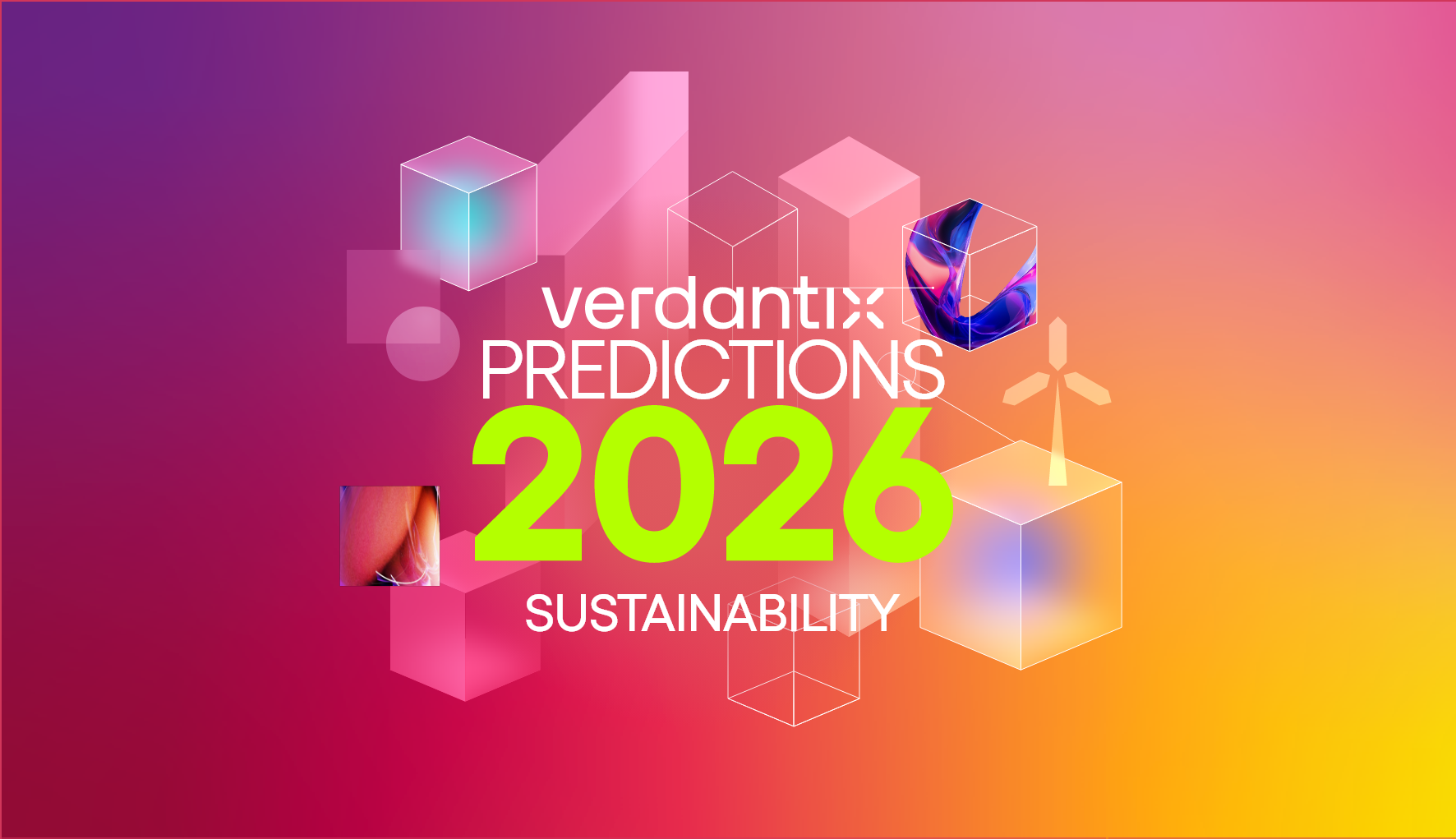Y2K + SOX + CRM = The Market Opportunity For ESG Digital Solutions
Everyone who is anyone is struggling to describe the scale of the market opportunity for ESG digital solutions. Executive leaders with a long pedigree in tech consulting have tended to point to the Y2K boom in project work and compare those halcyon days with the urgency of tackling climate change and pivoting strategies in the face of big policy changes. Practice leaders at the Big Four point to the Sarbanes-Oxley (SOX) regulation which, from 2002 triggered billions in spend on consulting followed by the implementation of thousands of heavy-duty finance, accounting and risk management software solutions. Entrepreneurs at ESG tech providers point to the creation of the CRM software market by Siebel Systems and Salesforce which in 25 years has grown into a $60 billion market. We think everyone is right.
Firstly, the Y2K-like deadline of climate change. The blisteringly hot summer of 2022 – with wildfires spreading from the south of Spain to the outskirts of London, India experiencing its worst heatwave on record and the river Rhine hitting its lowest water level in recorded history – will be one turning point among many in the perception of when climate change transitioned from “future risk” to “immediate threat”. For firms, the deadline of climate action comes via policy and regulation – like Y2K hitting different economies at different times. For example, in the US, the surprise passage of the $370 billion Inflation Reduction Act means that firms must adapt their strategies to align with a 40% reduction in GHG emissions by 2030. In Australia, a change of government resulted in a far more aggressive 2022 Climate Change Bill with a target to reduce CO₂ emissions by 43% by 2030.
Secondly, the SOX-comparable regulatory burden of ESG. JP Morgan estimates that in 2021 more than $500 billion flowed into ESG funds with the trend set to continue. Regulators are acting to protect investors with requirements for financial institutions to categorize the ESG integration, focus or impact of their equity portfolios and loan books. Similar ESG disclosure regulations are also being rolled out for issuers of debt and equity. The EU Corporate Sustainability Reporting directive will, starting from the 2024 financial year, require 11,700 large EU firms to disclose a wide range of climate and ESG metrics. Given the global nature of ESG regulations, spend on digital solutions will be far larger than the level of spend on SOX solutions – which were mostly limited to the US market.
Thirdly, the CRM-like level of tech innovation. Across 32 climate and ESG buying concepts, Verdantix has catalogued more than 1,000 tech vendors. With private equity firms creating dedicated funds for climatetech and ESGtech, thousands more software providers will come to market. Worth noting we’re in the early stage of this market which is focused on data collection and disclosure. We’re just now seeing demand for more sophisticated solutions for enterprise carbon management, ESG risk management and integrated circular economy digitization. Tech categories like EHS software and supply chain sustainability are building blocks for the overall ESG digital solutions market which will exceed $30 billion by 2030. Just like CRM, some tech start-ups will achieve incredible scale.
About The Author

David Metcalfe
CEO and Co-Founder





